Collectors Corner
The Importance of Condition
Published
2 years agoon
By
Jain Kelly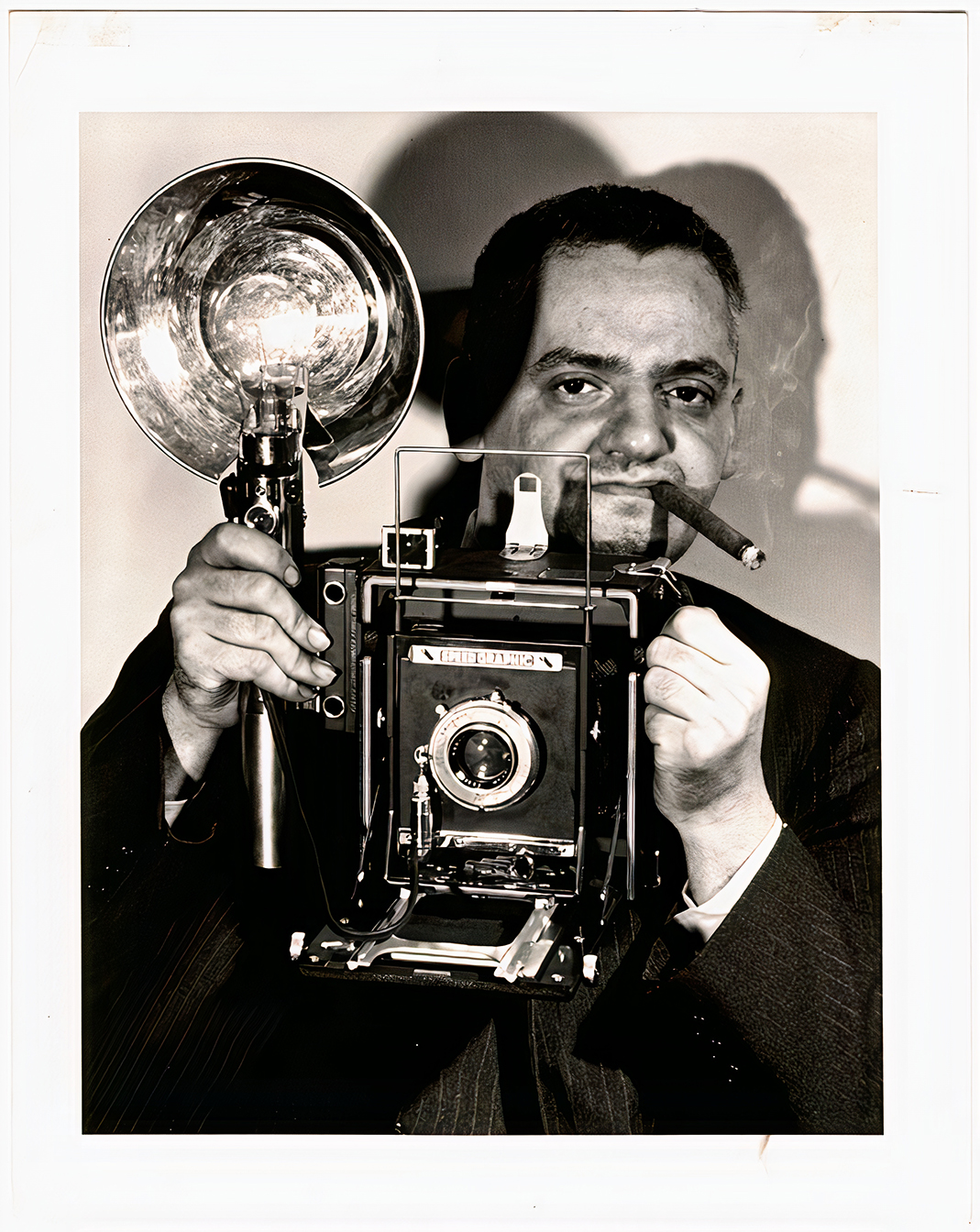
One of the key considerations in the purchase of a photograph is the condition of the print. In fact, it’s so basic that I seldom hear anyone discuss it. I would like to suggest a very obvious rule of thumb: if the condition is bad, don’t buy it, even if it’s a well-known image by a famous photographer with a strong track record in the marketplace. In general you should be very picky, because a scratch or a ding or a crease can kill a resale as well as ruin your own pleasure in your purchase. The exception here is a beaten-up, signed Edward Weston with deep scratches that you find at a yard sale for $5. Grab it! (But don’t count on that happening anytime soon.) In this process of considering condition, basically I am referring to the 20th-century “old masters” (Edward Weston, Ansel Adams, Manuel Alvarez Bravo, Imogen Cunningham, André Kertész, etc.) and “younger masters” (Lee Friedlander, Diane Arbus, George Tice, Garry Winogrand, etc.) market, which encompasses primarily gelatin silver black-and-white modern and vintage prints, as well as platinum and palladium. It is a market in which pristine prints are the shining ideal. I am excluding some categories of collecting that have become popular in recent years, categories in which other standards may apply, such as newspaper press prints, old Hollywood still shots, mug shots, vernacular snapshots, and some others. I am also excluding 19th-century work, which is a vast, separate topic. Color is yet another topic.
Often people don’t really notice condition at an auction, even if they have gone to the preview. And, to be fair, it isn’t always easy to assess condition when the print is behind glass on a wall, perhaps a little above eye level, and under strong lighting that can erase the shadow of a scratch. Of course, the auction catalogue is supposed to report the condition, but the words “good condition” can cover a multitude of sins. So try very hard to look at the particular photograph under glass at the auction previews from all angles to see if you can catch flaws. All major auction houses will unframe a print so you can examine it. They will also let you examine it when you pick it up after purchase to ensure no damage occurred in packing. When you make a purchase at a gallery, you can see the surface of the print quite clearly when it comes down from the wall and out of the frame. For this reason, when you pick up the photograph from a gallery, insist on looking at the print before they package it for you. In fact, you can call the gallery in advance to say you don’t want them to package it until you have examined it unframed. It can be more difficult to argue your case after the picture has left the premises.
In the case of a newly printed work by a contemporary photographer, I would also be very fussy about the mat and overmat, simply because you can be, but usually not very fussy about the mat of a vintage work, as the vintage piece “is what it is.” The mat of a vintage work is not the defining factor of value at resale: the print itself is the key, although it can be a positive if vintage prints have stamps, award labels, and museum exhibition labels on the back of the mat. Original frames can also be a plus. For example, if a vintage print is in an original frame from Alfred Stieglitz’s third gallery in New York, An American Place (1929–1946), the value of the piece is enhanced. With the 20th-century old masters, you have to take into account the differences in printing style among photographers themselves. With the Hungarian photographer Brassaï and the British photographer Bill Brandt, for example, their modern prints from old negatives (that is, negatives 1930/40s, prints 1970s) were sometimes retouched, and poorly so. You can clearly see the splotches and smears created by retouching on the surface of the print. When it’s accepted that some of a photographer’s prints are this way — and mostly everyone else knows it to be the case — it allows a collector to be more forgiving. Their vintage pieces sometimes also have flaws, yet the vintage pieces are the most desirable of all on the marketplace. In the cases of photographers like Brassaï and Brandt, my motto is “the mistakes of the masters are masterly mistakes.” You also have to bear in mind that many masters of the modern era began to improve in printing technique in the 1970s, as there was a growing consensus about just what constituted a beautiful print, and as newly created galleries began to become more demanding on behalf of their clients. This was a case where one of the functions of the gallery system was to help the older photographers learn about printing techniques and good condition, particularly in the case of the older European photographers. The American photographers, by and large, had been living with the exquisite printing of Edward Weston and Ansel Adams, so they were already more attuned to the concepts of print quality and condition.
Part of the process is accepting the photographer on his own terms. Some photographers are master printers. Others simply are not, or indeed, have other people print for them. Ideally, collectors want a print that is made personally by the photographer — and made extremely well — but it can’t always work that way. Some photographers,such as André Kertész and Henri Cartier-Bresson, had others make their modern prints; many contemporary photographers do likewise.
When collectors think of prints in bad condition, one of the first names to come to mind is Weegee. He was a newspaper photographer with a variety of subject matter from Coney Island to high-society, but he is especially well known for his pictures of people gunned down by the Mob. He had a short-wave police-band radio in order to get to the scene of the crime immediately. He also set up a little darkroom in the trunk of his car so he could make prints quickly and rush them immediately to the newspapers for which he worked. Earlier I said I was excluding newspaper photographs, but Weegee has been a particular category of collecting for so long that he is worthy of mention. (A few of his prints appeared in a Museum of Modern Art exhibition as early as 1943.)
Sometimes his prints look as if someone had tried to kill them, which is perhaps fitting for the work of a man who was known jokingly as the “official photographer of Murder, Inc.” in the era of 1930s–40s New York. In Weegee’s case, it might be difficult to find a print in pristine condition, yet his work is very popular and can be resold in the fine-art photography market. Edward Weston’s son, Cole, used to say that Weegee was one of his father’s favorite photographers — definitely an attraction to an opposite here if there ever was one. Weegee is an unusual case in which the photographer’s popularity and sensational imagery tend to trump considerations of print quality and condition (in fact, the poor print quality and condition may even add to the mystique.)
In general, you do not want prints made from what are called “copy negatives.” A copy neg is made by photographing an existing print — now you have a new negative — the copy negative — from which you can make a “copy print.” In New York during the 1970s, people often asked us, what’s to prevent me or someone else from making copy prints and selling them as originals?
At the time our answer was that the loss in quality of a copy print was extremely obvious — you could tell at a glance — the edges of an object in the picture weren’t as sharp as they were supposed to be; the middle tones of a black-and-white print dropped out; and the appearance of the grain structure became crude. And, besides, there was the question of a signature; we thought you’d have to be pretty crazy to attempt to forge both a print and a signature.
In Lee D. Witkin’s and Barbara London’s book The Photograph Collector’s Guide (Boston: New York Graphic Society, 1979) there were even photographs of the different photographers’ signatures for the collector to consult. There were also built-in proofs provided by the fact that different kinds of paper were manufactured — and then dropped — during different eras; in other words, we thought the differences between older papers and newer papers were pretty obvious. (In point of fact, it is not always easy to tell the difference between older and newer papers simply by looking at them, as we now realize.) An added protection was the reputation of the gallery or auction house doing the selling. During the 1970s galleries were in the enviable position of receiving work directly from the hand of the still-living old masters, or from the family. Often the client met the old master at the opening reception, which was very exciting. Under those circumstances, the client could have a lot of confidence.
Lastly, at that time we considered the prospect of a copy negative to be unlikely. After all, prints weren’t worth very much! A few hundred dollars — not worth all the effort and taking the chance of getting into trouble. As an exception, it should be mentioned that our position was — and most people in the fine art field would agree with this today — that on the occasion that a photographer lost or scratched a negative and created a copy neg from an existing print, then the copy print approved and signed by the photographer was a legitimate object of sale. In the case of W. Eugene Smith, for example, prints of his famous Walk to Paradise Garden, 1946, a photograph of his own children, were created from a copy negative in later years.
I have heard one story that the original negative was lost; another that he wanted to emphasize the halo of backlighting around the children by re-photographing a retouched print. In any event, Smith had an excellent copy negative and he himself, in the darkroom, produced a superb copy print over his own signature, as the imprimatur. It was and is the legitimate work from the hand of the master, not a fraud; the photographer and the gallery both acknowledged that this was a copy print. No secrets here. And the prints are beautiful.
On the other hand, I have also seen legitimate copy prints made and signed by photographers that were absolutely terrible. As with any print, you will have to use your taste and your good judgment. Having explained all this, I must also say that nowadays things aren’t quite as simple as they were in the 1970s, partly because prints have gone up in value and partly because technical aspects are so advanced that yes, you can make a copy print of really superb quality. Therefore, taking the chance on committing forgery is more worthwhile and buyers should be more wary. There have indeed been cases of forgery, but mercifully, very few.
At the beginning of this column I said that if you found an Edward Weston at a yard sale for $5 — even if it was badly scratched and beaten up — grab it. Well, this isn’t so completely far-fetched. In the 1970s, New York gallery owner Lee D. Witkin was rummaging through a drawer in a bookstore in California. He came across a photograph with the familiar initials “E.W.” in the photographer’s own hand and proceeded to buy an Edward Weston for about $20.
It’s part of having honed your eye and educated yourself so you know what you are looking for. Happy hunting.
You may like
-
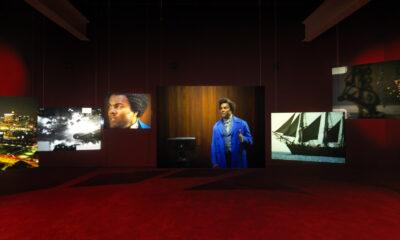

Exploring Douglass’s Legacy: Isaac Julien’s “Lessons of the Hour” at MoMA
-
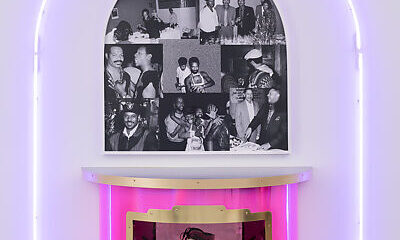

Exploring Maternal Bonds: The Intimate Photography of “Don’t Forget to Call Your Mother” at The Met
-
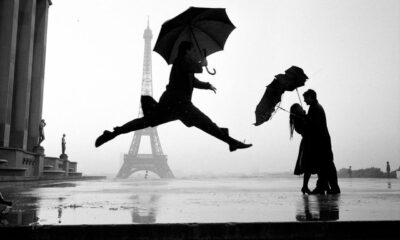

Focus Fine Art Photography Magazine Statement on the Passing of Elliott Erwitt
-


TOMAAS: Bridging Realms of Surrealism and Post-Humanism
-


Erin Olaf Dies At 64 Years Old
-
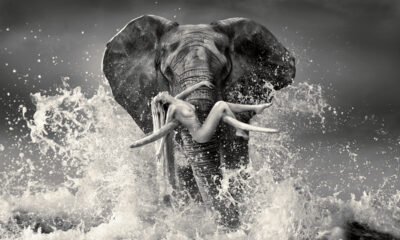

Cheraine Collette: A Deep Dive into the Fantastical World of a Visionary Photographer
